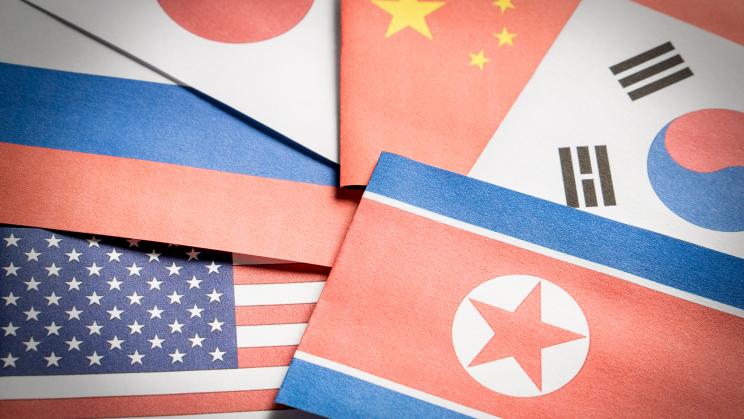Nuclear dynamics in North East Asia
Nuclear dynamics in North East Asia are affected by global power competition and the lack of sustainable mechanisms for security dialogue and regional engagement. In addition to researching nuclear postures and security trends, SIPRI promotes dialogue with and among regional actors.
North Korean engagement
In 2003, the Democratic People’s Republic of Korea (DPRK, North Korea) withdrew from the 1986 Treaty on the Non-Proliferation of Nuclear Weapons (NPT), after which it conducted six nuclear tests in 2006, 2009, 2013, 2016 and 2017 prompting international sanctions. SIPRI analyses the technical aspects of North Korea’s nuclear weapon programme, including fissile material production and nuclear warhead development. It organizes and participates in meetings with regional and extra-regional actors, with the aim of enhancing mutual understanding, de-escalating tensions and promoting cooperative security mechanisms. SIPRI also assesses the policy and humanitarian impact of international sanctions on North Korea.
China’s nuclear posture and security trends
Since its first nuclear test in 1964, China has demonstrated restraint in its nuclear declaratory policy through its commitment to no first use and to maintaining its ‘nuclear capabilities at the minimum level required for national security’. At the same time, China has expanded its nuclear arsenal and rapidly developed advanced military technologies. SIPRI hosts workshops on crisis management and nuclear issues with actors such as China, Japan, South Korea, Russia and the United States to engage on the resulting dynamics. It also conducts research on China’s development of hypersonic glide vehicles and its advances in artificial intelligence and autonomy, assessing their impact on nuclear risk and deterrence.
